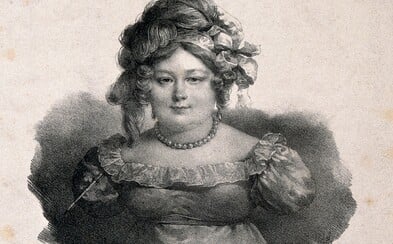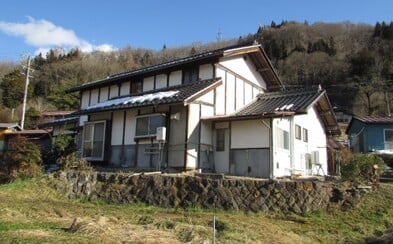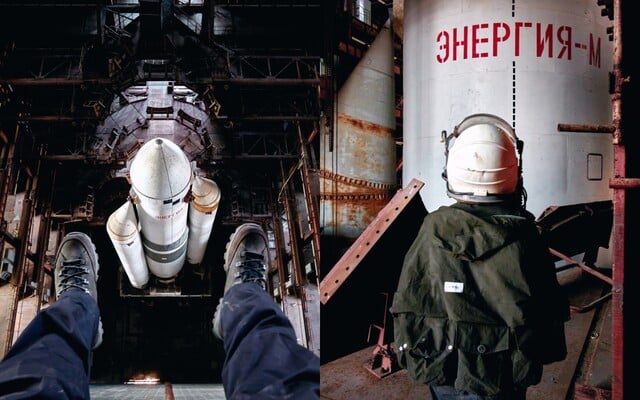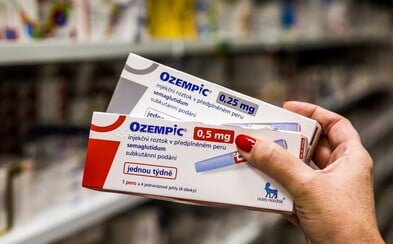 Ozempic can cause vision loss. A new study has shown a link between the drug and eye problems
Ozempic can cause vision loss. A new study has shown a link between the drug and eye problems
Ozempic can cause vision loss. A new study has shown a link between the drug and eye problems
Ozempic can cause vision loss. A new study has shown a link between the drug and eye problems
Coffee Or Carcinogen? Expert Explains How To Distinguish Quality Coffee From Garbage And What You Should Definitely Avoid
Some espressos are basically just a liquid "flavoured" with an unpleasant mixture of waste substances that can cause unpleasant health problems.
If problems persis, please contact administrator.

If you've ever ordered an espresso at a coffee shop, you've probably ended up with a large cup of black, bitter liquid that had almost nothing to do with coffee on your table. One similarity to coffee might be, that it contained caffeine. However, most people have no idea that they are also "enjoying" a small dose of carcinogenic substances in this drink.
If you don't add whole milk and at least two teaspoons of sugar to such "coffee", you will probably feel only one taste - burnt bitterness. In well prepared, fresh coffee, we can look for tones of milk chocolate, forest fruits or even nuts in caramel - it depends on the region from which it comes. Isn't it a shame to deprive yourself of such a constellation of tastes?
Coffee that contains only garbage
As we have already indicated, long-term drinking of low-quality coffee can potentially cause considerable health problems. However, the high-quality one brings a whole range of benefits - a lower risk of developing cardiovascular diseases, diabetes, Parkinson's and Alzheimer's diseases or even a lower risk of premature death (Harvard).
In order for coffee to prolong your life, not shorten it, we went to Peter Szabó, the owner of the successful roastery Coffeein, which recently won an award in the largest international food competition, the Great Taste Awards, and asked his expert opinion.
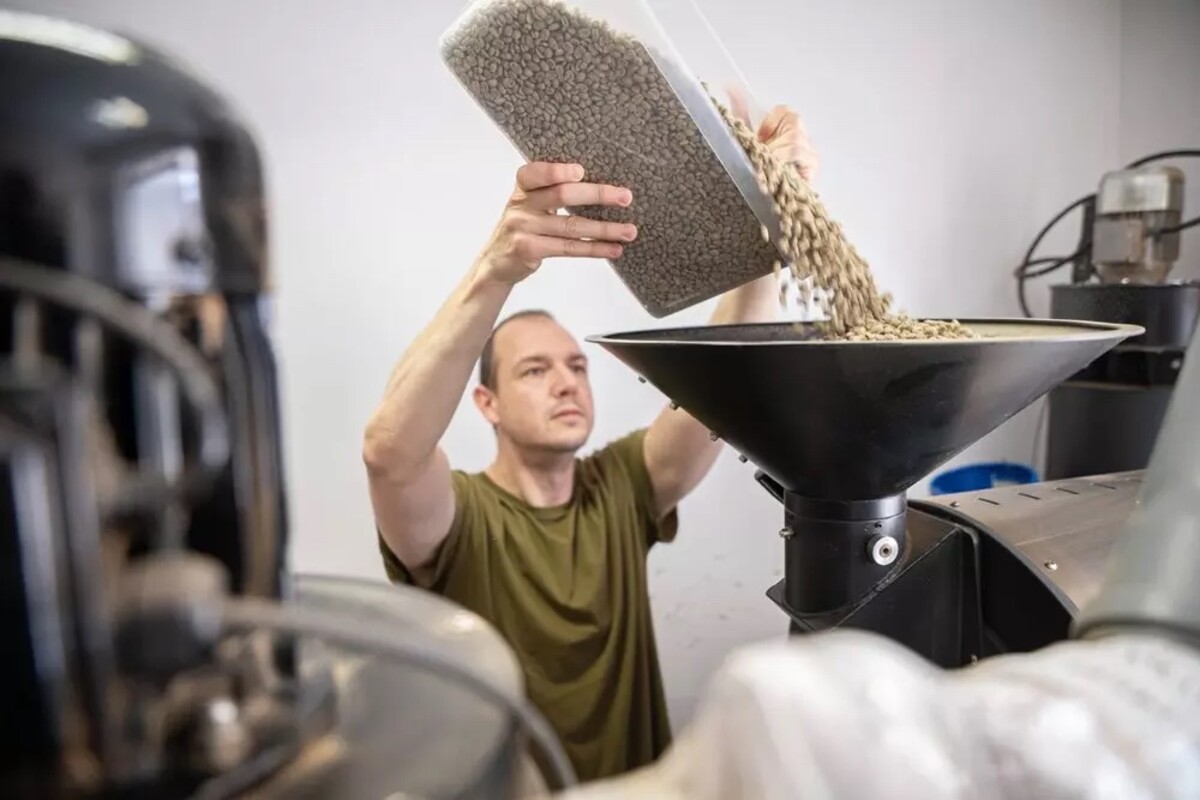
According to Petr Szabó, you can tell if a cafe makes good coffee just by looking at the coffee machine. "The cleanliness of the coffee machine is absolutely essential. Warning signs are, for example, a nozzle clogged with milk or a greasy hopper in the grinder."
Distinguishing a properly prepared espresso from a low-quality "press" is a little easier. Espresso is prepared by standard from 8 grams of finely ground coffee, the extraction takes 25 seconds under a certain pressure and the resulting drink is 30 milliliters.
"In the beginning, a thick, creamy substance flows out. The longer the extraction takes, the lighter the liquid. At the moment when clear water starts to flow out, the extraction must be stopped. That's when you extracted everything from those 8 grams of coffee," describes Szabó.
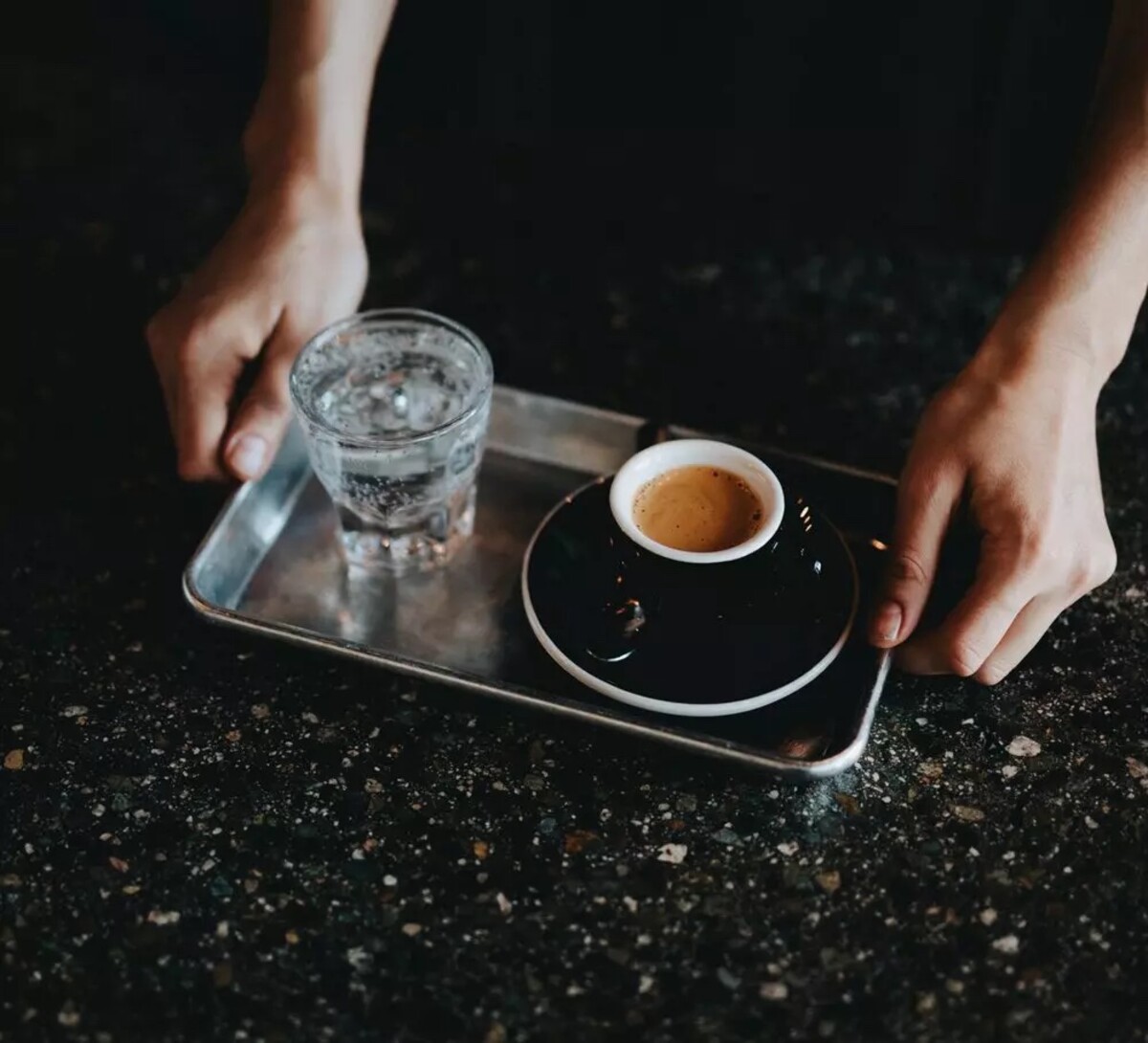
According to Peter Szabó, the main reason behind improper coffee preparation is lack of education. "Not everyone takes barista as their life goal or mission. The people behind the coffee machine are often just part-timers who push buttons and don't solve problems," he says. "Sometimes cafes open just like that - a guy has a girlfriend who is bored, so he opens a cafe for her. However, he knows nothing about making coffee and neither does she. For some business owners, coffee is just a supplemental product and they don't deal with it."
If you feel like a "long espresso" - lungo - in a good cafe, they should bring you espresso and hot water separately, so you can dilute the coffee yourself. If they bring it to you in a large cup and the drink has thick foam, you can be sure that it was prepared badly.
The usual idea is that good coffee should have a thick foam - but this is a myth. The foam is basically just a mixture of oils that you have no reason to consume. Try to taste it on its own sometime and you will find that it actually has an unpleasant, bitter aftertaste.
If the ground coffee is steeped in hot water for a long time, it releases a large amount of caffeine and harmful substances into it. "I often hear from people that they can't drink coffee because it hurts their stomach. Maybe it's because they don't drink it properly," says Szabó.
Toxic acrylamide?
Another custom of establishments or hotel facilities is to offer coffee made from over-roasted beans, i.e. coffee that is roasted for too long (dark roast level and longer). The problem with such coffee is that it contains a greater amount of acrylamide - a chemical compound that is produced by a natural process when certain foods (mainly carbohydrates) are heated to a high temperature. For example, when frying or baking meat, toasting bread, etc. Industrially produced foods such as chips, crackers and biscuits also contain it.
According to the official classification approved by the European Union, acrylamide is toxic and can even damage internal organs or cause cancer with long-term and repeated consumption. The International Agency for Research on Cancer has classified it as a "probable human carcinogen".
"Burnt" coffee can be found on every corner. "Over-roasted coffee is mostly old. If you roasted it well, you would smell old, hay, dry flavors from it. When you roast it, you artificially create a bitterness that masks that old age," he explains.

Acrylamide is found not only in roasted coffee. According to a 2013 study that examined 42 different types of coffee, instant coffee and coffee substitutes contain the highest amount of acrylamide.
The reassuring news may be that the studies that attribute a carcinogenic effect to acrylamide are based only on research on laboratory animals. In addition, the levels of acrylamide used in these studies were much higher than those commonly found in the human diet. So it is still not completely clear how exactly this chemical substance affects human health.
"Some research studies lasted only ten years. We don't know what will happen if a person drinks turkish coffee every day for 30 years. It's like smoking - you may not get cancer, but the more you smoke, the greater the risk. If someone drinks badly prepared, over-roasted coffee all his life, they multiply its harmful effect," adds the owner of Coffeeina.
How not to get poisoned at home
If you want to have a high-quality energy source at home, the basis is to have as much information as possible about the product. You can exclude instant coffee. This is a mixture of unidentifiable coffee beans, from which the coffee is first brewed, then frozen to be brewed again. Moreover, you know practically nothing about her. "It is anonymous matter. As if you only had meat written on the meat," adds Szabó. The same applies to coffee from public vending machines.
Instant coffee is mostly prepared from the cheapest beans, which are sometimes stored improperly, which leads to the formation of molds - mycotoxins. Currently, some selective roasters are already producing instant coffee from high-quality beans.
Don't be fooled by the title "100 percent Arabica". The fact that it is pure arabica does not mean that it is a quality coffee. Peter Szabó says that some plantations select more expensive ripe coffee cherries and cheap unripe beans.
The cheap ones are in demand mainly from large companies - they subsequently "roast" them into commodity coffee, which you can usually find in food chains. Szabó compares it to eating unripe green tomatoes. The difference in the price of unripe and mature coffee can be as much as 400 percent.
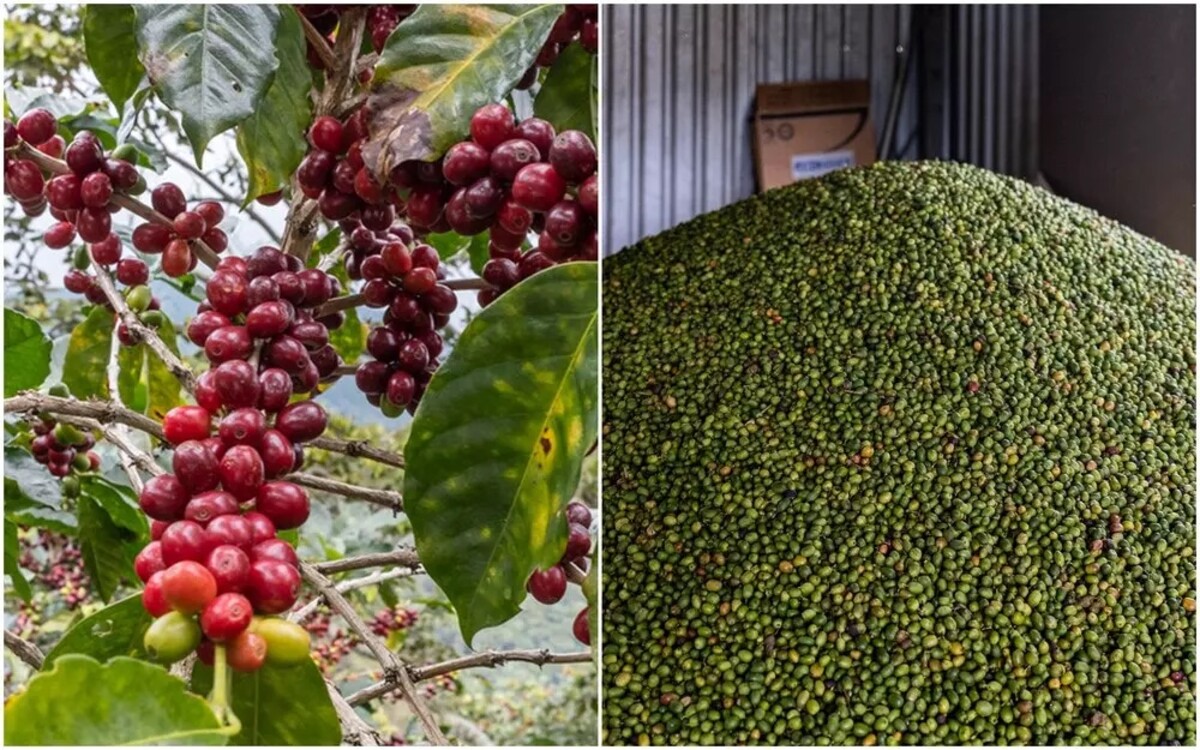
If you want to be sure that there are no harmful substances in your coffee, read the labels. Every good coffee should have detailed information on its packaging about its origin and cultivation altitude, processing method, specific Arabica variety and degree of roasting. "It is ideal if the coffee is no older than three months. The degree of roasting should be at most medium," advises the roaster.
Last but not least, don't forget proper preparation. Instead of a turkish coffee, make it, for example, in a mocha pot or a French press. A slightly higher level is the aeropress, which, unlike the French press, perfectly filters your coffee. Real "coffee fanatics" also get used to making coffee through a chemex, but with it the preparation will take a little longer.
If problems persis, please contact administrator.





